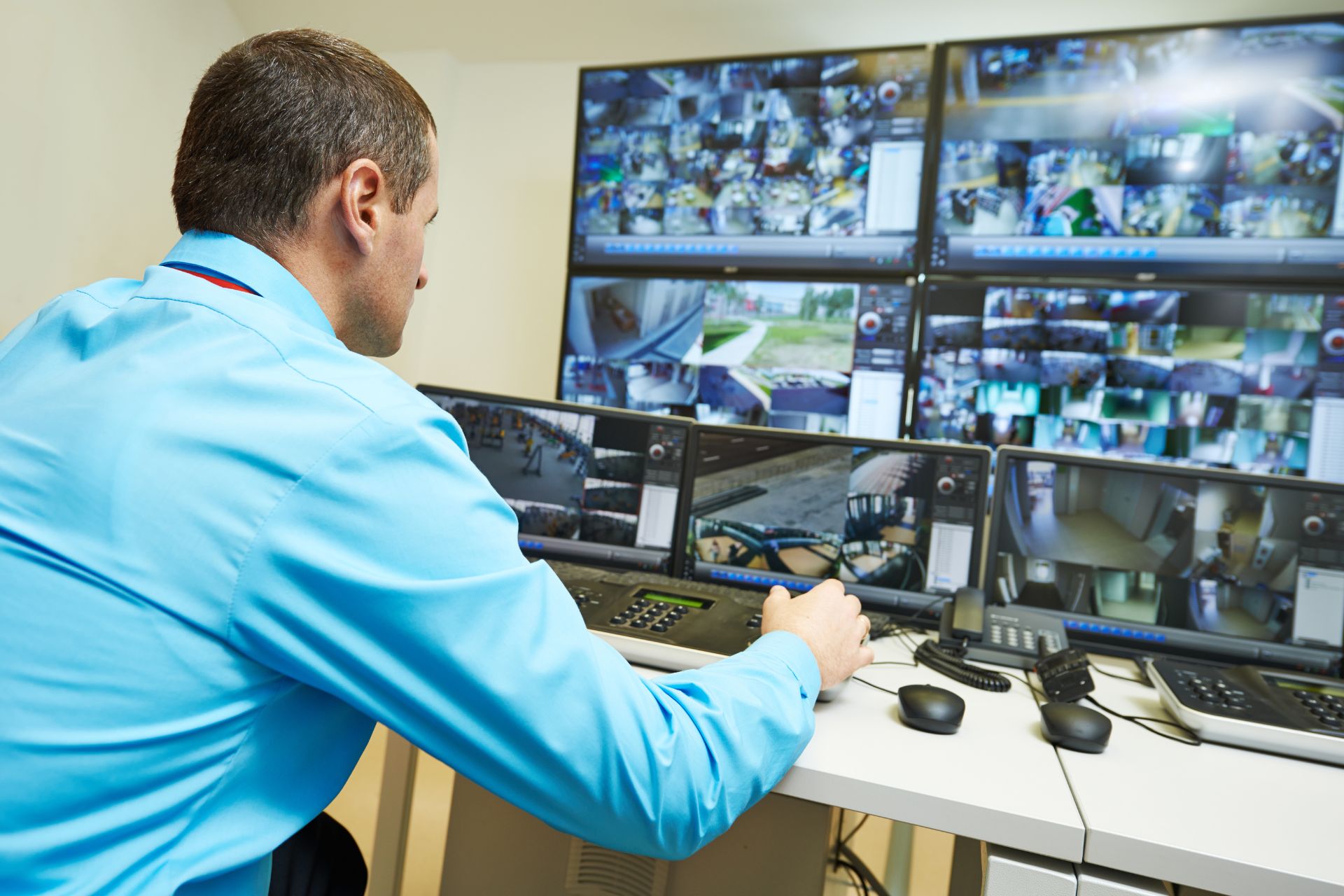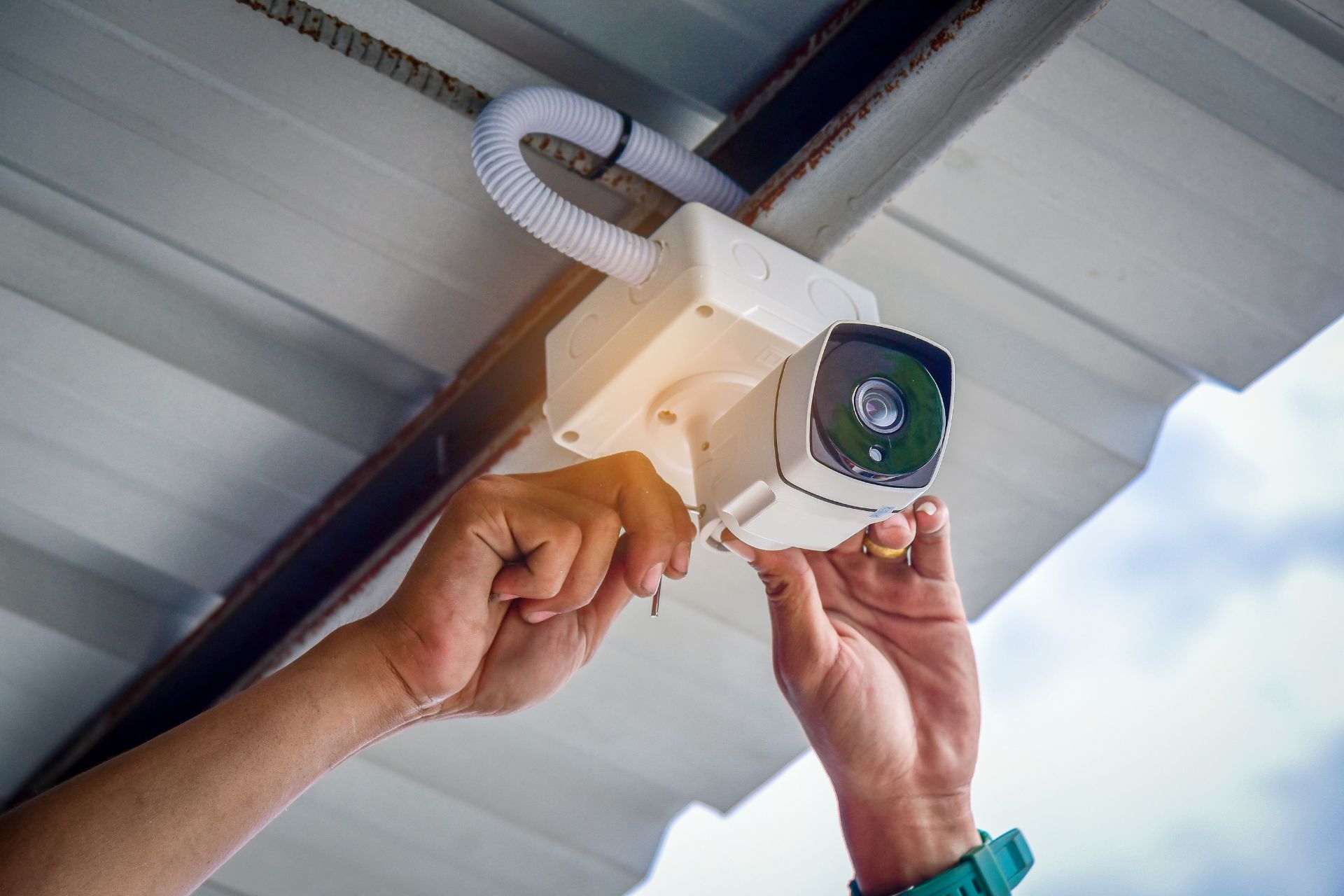Frequently Asked Questions
The optimal mounting height for infrared security cameras typically ranges between 8 to 12 feet above ground level, as this elevation effectively minimizes obstructions such as trees, fences, and other architectural features that could impede the camera's field of view. By positioning the cameras at this height, the angle of surveillance is enhanced, allowing for a broader coverage area while reducing the likelihood of blind spots caused by low-hanging branches or nearby structures. Additionally, this height helps to deter vandalism and tampering, as the cameras become less accessible to potential intruders. It is also crucial to consider the specific environment, as urban settings may require adjustments to account for taller buildings or streetlights, while rural areas might necessitate a lower installation to capture wildlife or vehicular movement. Ultimately, careful consideration of the mounting height ensures that infrared cameras can effectively utilize their night vision capabilities, providing reliable surveillance in low-light conditions without interference from environmental obstructions.
To ensure proper alignment of infrared cameras for optimal night vision performance, it is essential to meticulously calibrate the optical axis of each camera to achieve precise angular alignment, thereby minimizing parallax errors and enhancing image fusion capabilities. Utilizing high-quality mounting brackets and adjustable gimbals can facilitate fine-tuning of the camera's position, ensuring that the field of view is unobstructed and accurately directed towards the intended surveillance area. Additionally, implementing a systematic approach to thermal sensitivity adjustments and ensuring that the infrared sensors are synchronized can significantly improve the detection range and clarity of thermal signatures in low-light conditions. Regular maintenance checks, including lens cleaning and software updates, are crucial for sustaining the performance of the infrared imaging system, while employing advanced algorithms for image processing can further enhance the visibility of heat sources in complete darkness. By adhering to these best practices, one can maximize the efficacy of infrared cameras in various applications, including security monitoring, wildlife observation, and search and rescue operations.
When installing infrared security cameras, several common wiring mistakes can compromise the effectiveness and reliability of the surveillance system. One frequent error is using inadequate gauge wiring, which can lead to voltage drop and insufficient power delivery to the cameras, ultimately affecting their performance, especially in low-light conditions where infrared functionality is critical. Additionally, failing to secure connections properly can result in intermittent signal loss or complete failure of the camera feed, often due to environmental factors such as moisture or temperature fluctuations. Another mistake involves neglecting to use shielded cables, which can expose the system to electromagnetic interference (EMI) from nearby electrical devices, degrading video quality and causing ghosting or flickering images. Furthermore, improper cable routing, such as running wires parallel to electrical lines, can introduce noise and disrupt the camera's operation. Lastly, overlooking the importance of adhering to local building codes and regulations can lead to safety hazards and potential legal issues, making it essential for installers to prioritize best practices in wiring techniques to ensure a robust and effective infrared security camera system.
Environmental factors such as temperature and humidity significantly influence the performance of infrared cameras, impacting their thermal sensitivity and image clarity. Elevated temperatures can lead to increased background noise, which may obscure subtle thermal variations in the scene being observed, thereby reducing the camera's ability to detect minute temperature differentials. Conversely, low temperatures can enhance the contrast of thermal images, but may also cause condensation on the lens, leading to image distortion and reduced visibility. Humidity plays a critical role as well; high humidity levels can result in water vapor accumulation, which can attenuate infrared radiation and degrade the quality of thermal imaging. Additionally, atmospheric conditions, such as fog or rain, can scatter infrared wavelengths, further complicating the camera's ability to capture accurate thermal data. Overall, the interplay of temperature and humidity creates a complex environment that can either enhance or hinder the efficacy of infrared cameras in various applications, including surveillance, building inspections, and wildlife monitoring.
To minimize false triggers from wildlife when positioning infrared cameras, it is essential to consider several best practices that enhance detection accuracy while reducing unnecessary activations. First, the placement of the cameras should be strategically aligned with the natural movement patterns of target species, utilizing trails, water sources, or feeding areas to ensure optimal visibility. Additionally, elevating the cameras to a height of 3 to 5 feet can help avoid low-lying animals, such as rodents or small mammals, which often cause false triggers. The use of camouflage or natural vegetation to conceal the camera can also deter wildlife from investigating the device itself. Furthermore, selecting a location with minimal vegetation interference, such as dense foliage or branches that may sway in the wind, can significantly reduce the likelihood of false activations. Employing a time-lapse mode during periods of high wildlife activity can also help in filtering out non-target species, while adjusting the sensitivity settings of the motion detection can fine-tune the camera's responsiveness to larger animals, thus minimizing inadvertent captures. Overall, careful consideration of these factors can lead to more reliable data collection and a reduction in the frequency of false triggers from wildlife.

